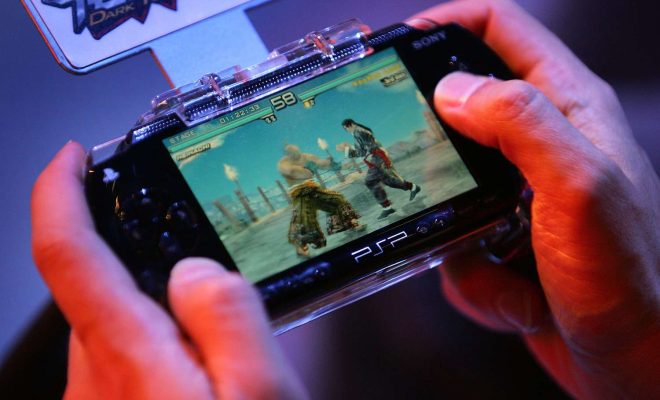Strengths and Weaknesses of PSP Models

PSP or the PlayStation Portable is a handheld gaming device that was released by Sony in 2004. It is considered as one of the most iconic gaming consoles of all time, as it enabled players to have a full console-like gaming experience on the go. Throughout its lifespan, Sony released several models of the PSP, each with its own strengths and weaknesses. In this article, we will discuss the various PSP models and their respective pros and cons.
PSP-1000:
The first model of the PSP, known as the PSP-1000, was released in 2004. It was a breakthrough in portable gaming technology at that time, as it offered features that were unheard of on other handheld devices. The PSP-1000 had a large and bright 4.3-inch display screen and was equipped with Wi-Fi connectivity, USB connectivity, and a UMD drive, which made it possible to play games on physical discs.
Strengths:
The PSP-1000 had a bulky and sturdy design that made it resilient. It had a large and clear screen, which was perfect for playing games and watching videos. The UMD drive made it possible to play games on physical discs, which meant that players did not have to worry about running out of storage space.
Weaknesses:
The PSP-1000 had a short battery life, which was a significant downside. Its loading times were notoriously slow, which made it frustrating to wait for games to load. Moreover, this model was also known to have a slight compatibility issue with some games.
PSP-2000:
The PSP-2000 was released in 2007 and was an upgrade to the PSP-1000. It featured a slimmer and lighter design than the previous model and had a better battery life. It also had a brighter screen and better loading times, making it a more reliable device overall.
Strengths:
The PSP-2000 had a sleeker and more compact design, which made it easier to carry around. Its battery life was significantly improved, which meant that players could play for longer periods without needing to recharge. The screen was also brighter and had better viewing angles than the previous model.
Weaknesses:
The PSP-2000 still had a UMD drive, which meant that players had to carry around physical discs to play games. The device also lacked internal storage, which made it necessary to purchase a separate memory card to save game data on.
PSP-3000:
The PSP-3000 was released in 2008 and was an even better upgrade than its predecessor. It maintained the slim and compact design of the PSP-2000 but had a more advanced display screen that reduced glare and provided better color contrast.
Strengths:
The PSP-3000 had a superior screen that provided better picture quality and color accuracy. It also had better anti-glare protection, which made it easier to play games in bright outdoor environments. The PSP-3000 also had a built-in microphone, which meant that players could use voice chat during multiplayer games.
Weaknesses:
The PSP-3000 still relied on the UMD drive for physical game discs, which made it necessary to carry them around. The device also had no internal storage, which made it necessary to purchase a separate memory card to save game data on.
PSP Go:
The PSP Go was a newer, more innovative version of the PSP. It was released in 2009 and had a completely different form factor from its predecessors. The PSP Go was designed as a compact slide-out device that housed its own internal memory storage, which meant that players no longer needed to carry around physical discs to play games.
Strengths:
The PSP Go had a sleek and compact design that made it easy to carry around. It had its own internal storage, which meant that players could download and save games directly onto the device. The PSP Go also had Bluetooth connectivity, which made it possible to pair it with other devices for multiplayer games.
Weaknesses:
The PSP Go lacked UMD drive, which made it impossible to play physical game discs. It also had limited internal storage, which meant that players could only store a limited number of games on the device.
Each PSP model had its own set of strengths and weaknesses, which made them ideal for different types of gamers. The PSP-1000 and PSP-2000 were perfect for those who preferred a portable and reliable gaming experience. The PSP-3000 was ideal for those who valued color accuracy and anti-glare protection. The PSP Go was perfect for those who preferred a more minimalistic and streamlined device. Regardless of the model, PSPs have left a lasting impression on the world of handheld gaming, and its exciting library of games will forever be remembered by gamers worldwide.






